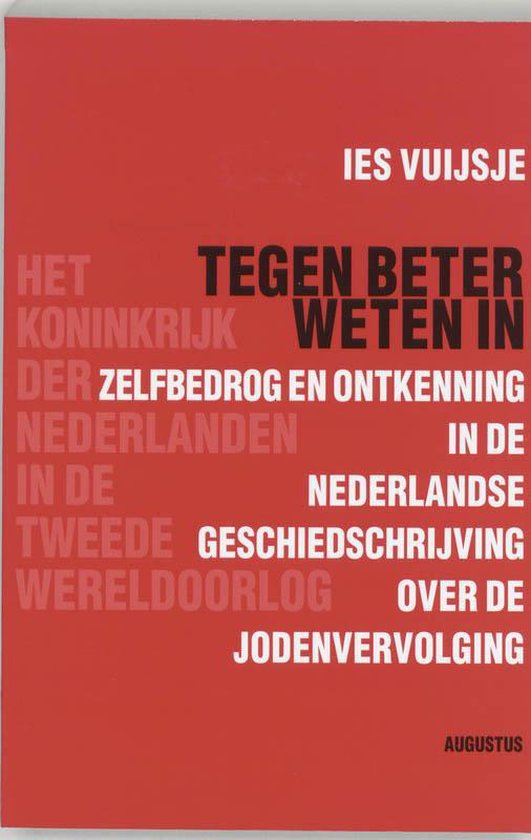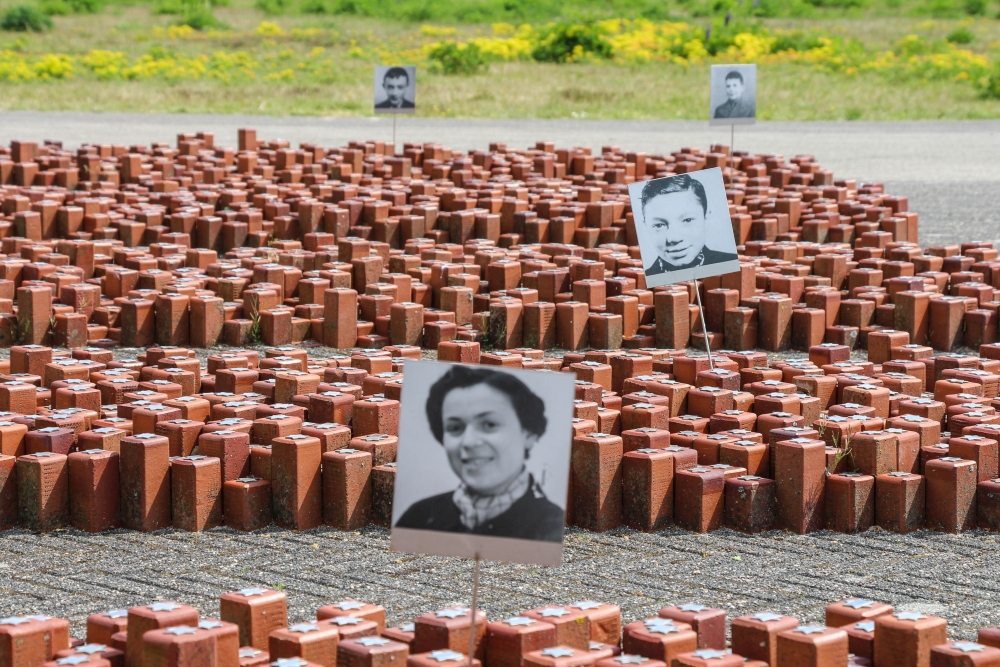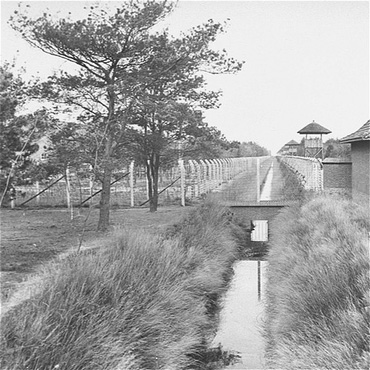Information Sign "The Saddest House of Sliedrecht"
Nothing remains of the house at Stationsweg 32 – built in 1887. It was in the way of the construction of a theater, so demolition followed.
The Nederlof family bought the house in 1924. Father, mother and daughter Leentje Johanna. It is certainly not an impecunious family. When both her father and mother die, Leentje is left alone in the big house and then decides to take in boarders.
In March 1941, the Jewish Van Gelderen family from Rotterdam moved in with her. Everything still goes according to the rules. The family is simply registered in the population register. At that time, anti-Jewish measures followed one another very quickly. This prompted father Jacques van Gelderen to look for an opportunity to go into hiding in the Biesbosch. Together with his nephew and helped by two young men from Sliedrecht, they cross the river in search of a hiding place. That goes hopelessly wrong. It is not possible to find a suitable spot and on the way back one of the two canoes with which the trip was made sinks. Once back on land, they are arrested by the police. The family is transferred to Westerbork and from there deported to Auschwitz. They were murdered there on August 19 and September 30, 1942.
Around November 1942, when the last Jewish residents of Sliedrecht who were not in hiding were taken to Westerbork, the first Jewish people in hiding also reported themselves on the Stationsweg. It is not known how the people in hiding, from Amsterdam and Rotterdam, ended up there.
It is also not known exactly how many people went into hiding on the Stationsweg. When the case was betrayed and the German police reported on March 3, 1943, there were at least ten. That arrest was quite chaotic. An eyewitness (10 years old at the time) reported that the people at the back of the house were running in all directions.
The police report states that eight of the people in hiding were arrested and that two managed to escape. It is not entirely clear what became of them. Based on data from the Red Cross, it is known that one of them, Aron Nathan, was in Westerbork from April 20, 1944 to May 19, 1944. If he was deported to Poland that day by transport, he may be seen in the Westerbork film, which records that day's departure. He died on May 2, 1945 in Germany. We know even less about the other escaped person in hiding, Jacob Loeb: investigations in 1947 by the Schiedam police provided no clarity about what happened to him.
The eight people in hiding were murdered in Sobibor and Auschwitz in March and September 1943 respectively.
Providing shelter Leentje Nederlof became fatal for her. She ended up in Camp Vught via the prison in Rotterdam. When the camp was evacuated, the female prisoners were transferred to Ravensbrück. She died there at the end of February 1945. She was 54 years old.
On October 7, 2019, stumbling stones were placed for the victims where the house once stood.
Do you have more information about this location? Inform us!
Source
- Text: Periodiek nummer 71 van de Historische Vereniging Sliedrecht m.m.v. Jan de Jager
- Photos: Fedor de Vries (1, 2, 3), Jan de Jager (4)
Related books
Nearby
Museum
- The Wilgenhorst Sliedrecht - Sliedrecht
- Museum of the Papendrecht Village Preservation Foundation - Papendrecht
- Biesbosch MuseumEiland - Werkendam
Point of interest
- Location Murder Jo Mussert - Sliedrecht
- Sliedrecht Synagogue - Sliedrecht
- Information sign no. 6 Second World War in Hardinxveld-Giessendam - Hardinxveld-Giessendam
Monument
- War Memorial Sliedrecht - Sliedrecht
- Memorial Resistance Reverend Jan Koopmans - Sliedrecht
- Memorial Merwede Hostages - Sliedrecht
Cemetery
- Dutch War Graves Sliedrecht - Sliedrecht
- Dutch War Graves Hardinxveld-Giessendam - Hardinxveld-Giessendam
- Commonwealth War Graves Papendrecht - Papendrecht
Remembrance Stone
- Stumbling Stones Stationsweg 32 - Sliedrecht
- Stumbling Stones Rembrandtlaan 20 - Sliedrecht
- Stumbling Stone Wilhelminastraat 11 - Sliedrecht
Fortification
- Group Shelter Zeedijk - Dordrecht
- Group Shelter Provincialeweg - Dordrecht
- Group Shelter Heerenweg - Dordrecht








